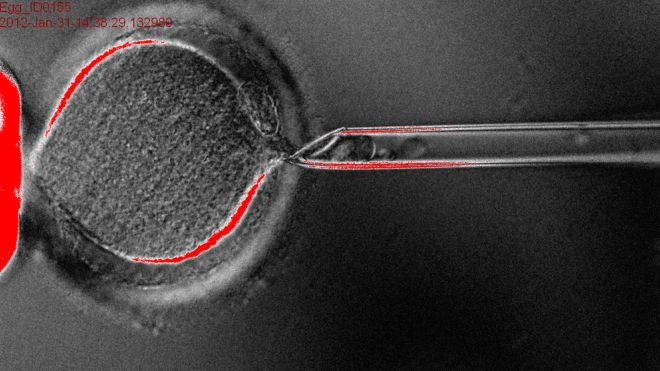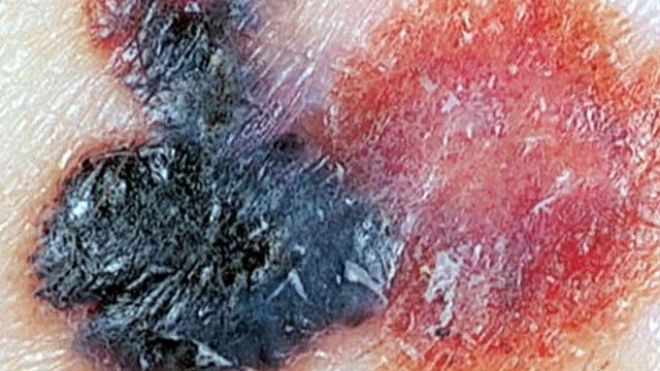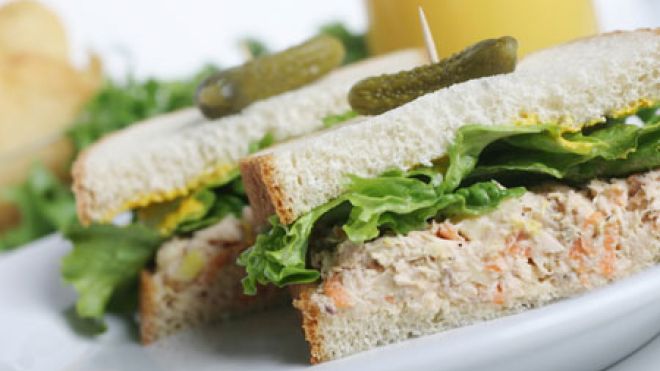In medical breakthrough, scientists convert human skin cells into embryonic stem cells
In a major medical breakthrough, researchers at the Oregon National Primate Research Center (ONPRC) have for the first time ever successfully converted human skin cells into embryonic stem cells – via a technique called nuclear transfer. The research has major implications for the future of medical treatments, as many believe embryonic stem cells are the key to treating damaged cells lost through injury or illness.  According to various medical researchers, stem cell therapy has the potential to treat anything from heart disease and spinal cord injuries to major neurological diseases, like Parkinson’s disease and multiple sclerosis. Through a common laboratory method known as somatic cell nuclear transfer (SCNT), ONPRC scientists, along with researchers at Oregon Health & Science University, essentially swapped the genetic codes of an unfertilized egg and a human skin cell to create their new embryonic stem cells.  The researchers were able to fine-tune this method through a series of studies in macaque monkeys, and this study marks the first successful use of the SCNT technique to create embryonic stem cells in humans after many failed attempts from other research laboratories around the world. The SCNT process involved scooping out the nucleus of a donated egg cell, leaving nothing by the egg’s cytoplasm – an essential ingredient.  The researchers replaced the egg’s nucleus with the nucleus of a skin cell, which contains an individual’s genetic code.  The combination of the egg’s cytoplasm and the skin cell’s nucleus eventually grows and develops into the embryonic stem cell. “The idea is that the egg cytoplasm has some factors – we don’t know their nature yet – but it has the ability to reset the cell’s identity,” lead author Dr. Shoukhrat Mitalipov, a senior scientist at ONPRC, told FoxNews.com.  “It basically erases all this memory, and now we can derive them and make them into stem cells.” Embryonic stem cell research has been a controversial pursuit since its conception.  Derived from unused embryos, which have been fertilized in vitro, these types of cells are pluripotent – meaning they have the capacity to develop into a variety of different cell types within the human body. However, the utilization of embryonic stem cells has been met with ethical concerns, as many believe a fertilized egg should be granted the status of a human being.  Because the fertilized human embryo is ultimately destroyed in the development of embryonic stem cells, many activist groups and politicians have spoken out against the use of such medical techniques. Fortunately, the SCNT method bypasses these ethical dilemmas, as the donated eggs are never actually fertilized.  Instead, the researchers ‘trick’ the egg cell into thinking it has been fertilized by a sperm.  During the nuclear transfer process, Mitalipov and his team prompt the cell to remain in a state known as “metaphase” – a stage of cell division in which the cell’s chromosomes align in the middle of the cell just before the cell divides.  This keeps the process from stalling and encourages the cell to ultimately develop into a stem cell. Once reprogrammed, these stem cells can be cultivated into any kind of living cell – including nerve cells, heart cells, brain cells and many more. Mitalipov also noted that once an individual has this process done, he or she will have a lifelong “bank” of embryonic stem cells doctors can utilize whenever the patient is injured or sick. “You only need to do it once per patient,” Mitalipov said.  “Once established, the stem cells are like a permanent source of stem cells – they have an unlimited capacity to keep growing…  We only need to do it once, but one colony multiples to make hundreds of colonies.  We can freeze them and continue to grow more and more.” The researchers addressed the possibility that the SCNT method may be considered therapeutic cloning, but they said it is highly unlikely this method would be able to produce human clones.  In all the years of utilizing SCNT with monkey cells, no monkey clones have ever successfully produced, so it is highly unlikely that human clones can be produced through this method – especially since human cells are much more fragile than monkey cells. Instead, Mitalipov hopes people focus on the main goal of the research, which is to foster hundreds of different studies utilizing this new process of developing embryonic stem cells. “We still have a lot more work to do, to learn how to transplant them,” Mitalipov said. “But the first step is already done, and it looks pretty clean.  Probably, people could start banking these cells now; and hopefully, in the near future we will have some treatments coming in the clinic.” The research was published online in the journal Cell.source : http://www.foxnews.com/health/2013/05/15/in-medical-breakthrough-scientists-convert-human-skin-cells-into-embryonic-stem/






